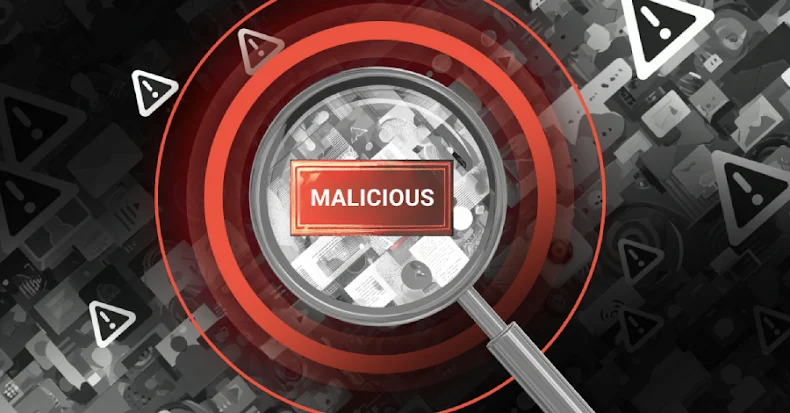Preventing SOC Burnout: Practical Strategies for a Resilient Security Team
Security Operations Centers (SOCs) are the frontline defense against cyber threats, but the relentless influx of alerts and the pressure to respond swiftly can lead to analyst burnout. This exhaustion not only affects individual well-being but also compromises organizational security. However, by adopting strategic measures, SOCs can mitigate burnout and enhance operational efficiency.
Understanding the Root Causes of SOC Burnout
SOC analysts are inundated with a high volume of alerts daily, many of which are false positives. This constant barrage can lead to fatigue, decreased vigilance, and ultimately, burnout. The repetitive nature of manual tasks, such as log analysis and incident documentation, further exacerbates the issue. Additionally, the pressure to maintain 24/7 vigilance in a rapidly evolving threat landscape adds to the stress levels within SOC teams.
Step 1: Implement Real-Time Contextual Analysis to Reduce Alert Fatigue
Traditional alert systems often provide fragmented data, leaving analysts to piece together the full picture. This approach is time-consuming and increases the likelihood of oversight. By integrating real-time contextual analysis tools, SOCs can present a comprehensive view of each alert, enabling analysts to make informed decisions swiftly.
For instance, interactive sandboxes can visualize the entire attack chain as it unfolds, from initial execution to potential data exfiltration. This real-time insight allows analysts to identify malicious activities promptly, reducing the time spent on false positives and enhancing response times.
Step 2: Automate Repetitive Tasks to Preserve Analyst Focus
Manual, repetitive tasks are a significant contributor to analyst burnout. Automating these processes can free up valuable time, allowing analysts to concentrate on complex threat investigations and strategic initiatives.
Advanced automation tools can handle tasks such as log collection, report generation, and initial threat assessments. Some platforms even offer automated interactivity, performing human-like actions to uncover hidden threats without manual intervention. This not only accelerates the investigative process but also reduces the cognitive load on analysts.
Step 3: Foster a Collaborative and Supportive SOC Culture
A positive work environment is crucial in preventing burnout. Encouraging collaboration among team members can lead to more effective problem-solving and a shared sense of responsibility. Regular training sessions, knowledge sharing, and open communication channels can help build a resilient team.
Additionally, recognizing and addressing the signs of burnout early can prevent long-term issues. Providing support resources, promoting work-life balance, and ensuring manageable workloads are essential steps in maintaining a healthy SOC environment.
Conclusion
SOC burnout is a pressing issue that can undermine an organization’s security posture. By implementing real-time contextual analysis, automating repetitive tasks, and fostering a supportive team culture, SOCs can enhance efficiency and resilience. These strategies not only improve analyst well-being but also strengthen the overall security operations, ensuring a robust defense against cyber threats.



